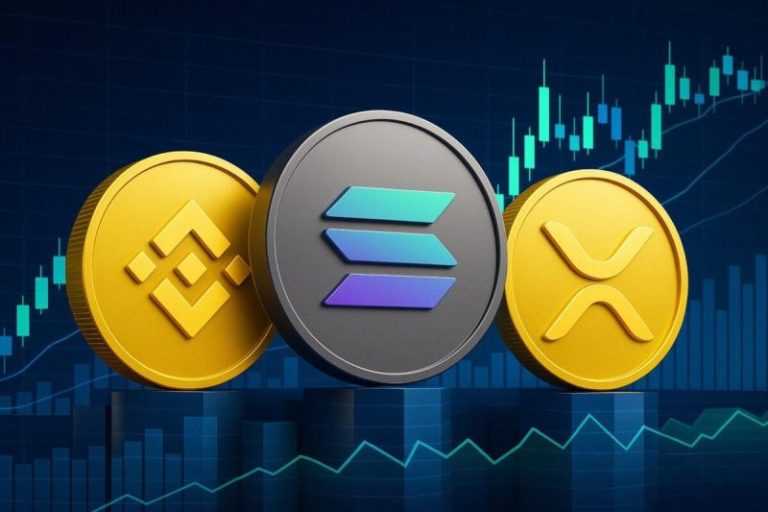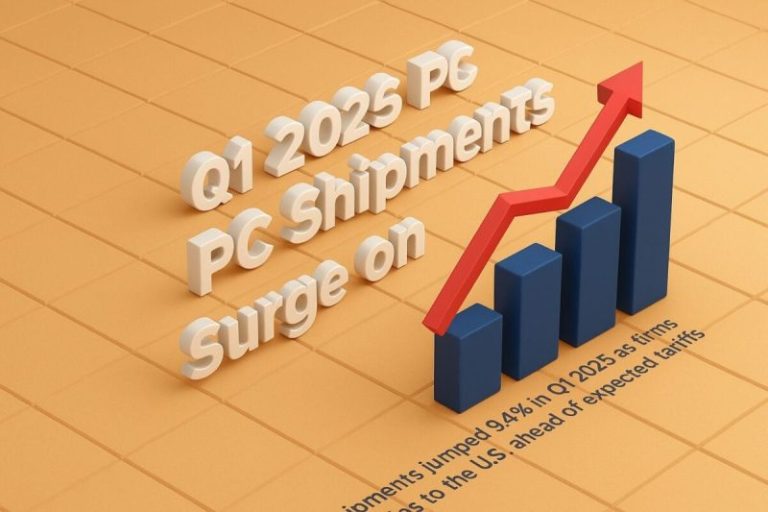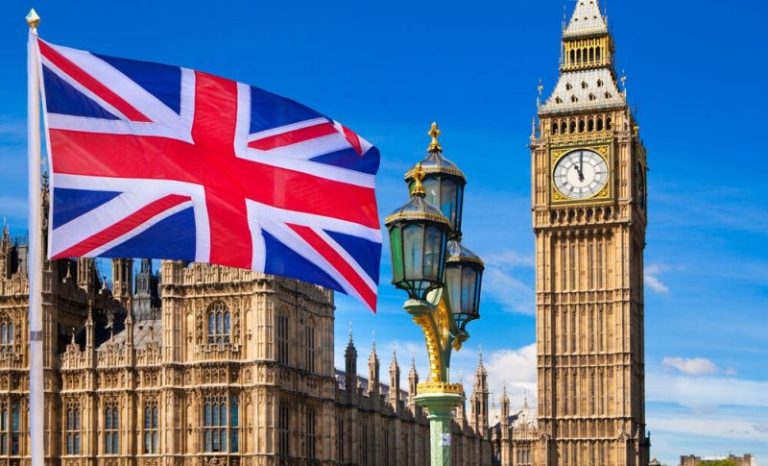Stock Market News: UK Forecast and Technical Analysis
Today, the UK stock market saw the FTSE 250 increase by 195 points (0.9%) to 21,628, nearly matching the 1.2% increase in the FTSE 100, driven largely by gains in mining stocks. This positive momentum is creating a bullish sentiment in the market.
The two London indices are leading the European market this morning. The DAX is up 0.7% in Germany, followed by the FTSE MIB in Italy, the CAC 40 in France, and the IBEX 35 in Spain, all of which are up 0.4%, reinforcing the optimistic outlook across Europe.
The gain for the Euro Stoxx 600 is just under 1%. Risers include Just Eat Takeaway, rising 17%; TeamViewer, the software company and owner of Kenco, JD Peet.
Among the higher risers, Wickes Group PLC, one of the UK’s listed companies, has seen a 3.3% increase in revenue despite facing difficulties retaining customers for its custom kitchen, home office installation, and bathroom services.
In the first half, this segment’s revenues were destroyed by 17%, offsetting the 1% growth in revenue in its core retail offering.
GSK Shares Decline
GSK PLC, the drugmaker listed on the FTSE 100, raised its annual earnings and sales forecasts due to strong second-quarter performance from HIV and cancer treatments, but the stock is currently down 2.5%.
Core EPS profits are now expected to increase by 10-12% in 2024, up from the previous guidance of 8-10%. Meanwhile, the overall profits are expected to increase by 7-9%, compared to the earlier estimate of 5-7%.
Nonetheless, there were some omissions in the data: vaccination profit fell 9% short of expectations as shingles treatment Shingrix was a 20% disappointment as US sales plummeted 36%.
This is due to decreased demand and inventory reductions. However, it is important to note that international sales make up about 64% of total revenue.
General medicine, oncology, and HIV all performed better than anticipated.
GSK/GBX 5-Day Chart
Growth Expectation For FTSE 250
In the last five years, Greggs’ shares have increased by 40%, outpacing the FTSE 250 London stock. The company’s first-half (H1) results have given them an additional 5% boost.
The most recent data shows a 16% increase in profit before taxes and a 14% increase in sales.
However, despite these gains, projections indicate a minor decline in Greggs’ EPS for the full year 2024. However, the company’s first-half revenue increased by only 15%.
It is a basic diluted estimate that does not account for anomalies. However, it raises the possibility that projections are simply exaggerating the situation.
Thanks to these expenditures and a well-defined expansion plan, Greggs has produced substantial returns for its owners.
For the 2023 fiscal year, Greggs reported record yearly sales of £1.8 billion and a profit before taxes of £188.3 million.
The company also disclosed a significant capital investment program aimed at enhancing its manufacturing capacity and expanding its capacity to accommodate approximately 3,500 stores throughout the United Kingdom.
UK Stock Market Today: FTSE Stock Surge
Among the top risers in the FTSE, Antofagasta PLC and Rio Tinto have shown significant gains. Antofagasta PLC saw notable gains despite no specific news being released. Rio Tinto’s positive results, which included a 1.8% increase in first-half profit, contributed to a 1% rise in its shares and may have influenced the broader market.
More significantly, there are rumours that the Anglo-Australian miner Antofagasta is eyeing a major opportunity in the copper industry, further boosting investor confidence.
The Footsie has continued to rise, hitting a two-month peak of nearly 8,374 following a 1.2% increase. This is the highest value for the London standard since May 22nd, topping 8,368.
HSBC Makes a £3 Billion Buyback
Following a largely flat first half of the year, HSBC Holdings PLC announced an additional interim dividend and a £3 billion share buyback.
For the first half of 2024, the £0.10 per share dividend will equate to 20 cents, unchanged from the previous year. The share buyback is anticipated to be finished in three months.
The bank, with a focus on Asia, reported a first-half pre-tax profit of $21.6 billion, which was marginally lower than the same period last year, even though revenue increased 1% to $37.3 billion and certain “strategic transactions” had a net positive revenue impact of $0.2 billion.
The second quarter’s $16.5 billion in revenues exceeded analysts’ expectations, and the quarter’s $8.9 billion profit before taxes was significantly more than the $7.8 billion they had predicted.
Despite being lower than the 1.53% consensus estimate, the net interest margin improved from 1.7% to 1.62% a year ago due to an increase in the finance cost of average profit liabilities. These developments are significant for the stock market news UK, as they may influence investor sentiment and market trends.
FTSE 250 Share Price
- Value: 21,572.34
- Net Variation: 139.83
- High/Low: 21,649.47 / 21,430.07
- Previously closed price: 21,432.51
- 52WK range: 16,783.09 – 21,432.51
- Launch date: October 12th 1992
- Constituents number: 250
- Net MCap: 324,478
- Dividend Yield: 3.35%
- Average: 1,298
- Largest: 4,059
- Smallest: 81
- Median: 1,085
FTSE 100 Share Price
- Value: 8,390.33
- Previous Close: 8,292.35
- Open Price: 8,292.35
- Day low: 8,235.55
- Day High: 8,297.92
- 52-week low: 7,215.76
- 52-week high: 8,474.41
In summary, today’s gains on the stock market news UK are remarkable, as the FTSE 100 and FTSE 250 indices both saw an increase. Mining stocks, especially in the FTSE 100, have primarily driven these gains. Major indices have also increased throughout Europe, indicating an optimistic trend in the market.
While GSK continues to face difficulties even after increasing its earnings projections, Greggs has shown remarkable growth in both its stock price as well as profitability. Despite a little fluctuation in its profit margins, HSBC’s announcement of a significant share buyback and dividend demonstrates the strength of its financial position.
The post Stock Market News UK Update: FTSE 100 & 250 Rise appeared first on FinanceBrokerage.










